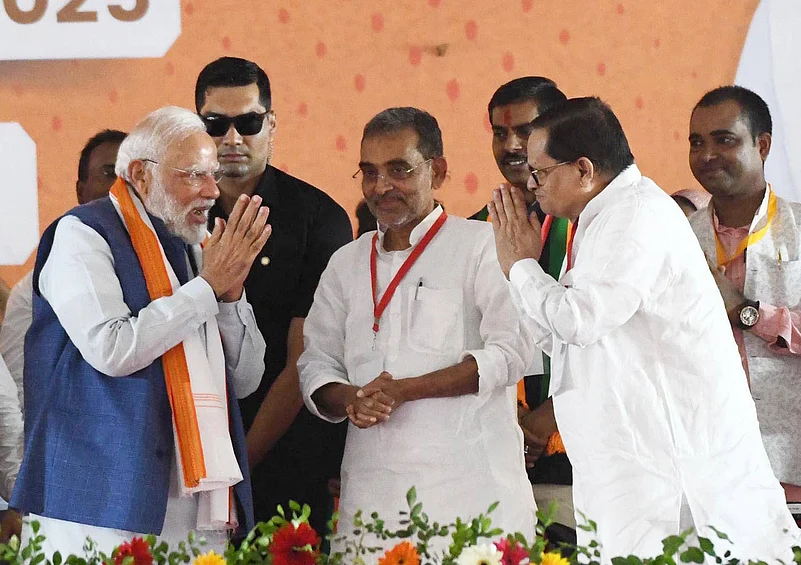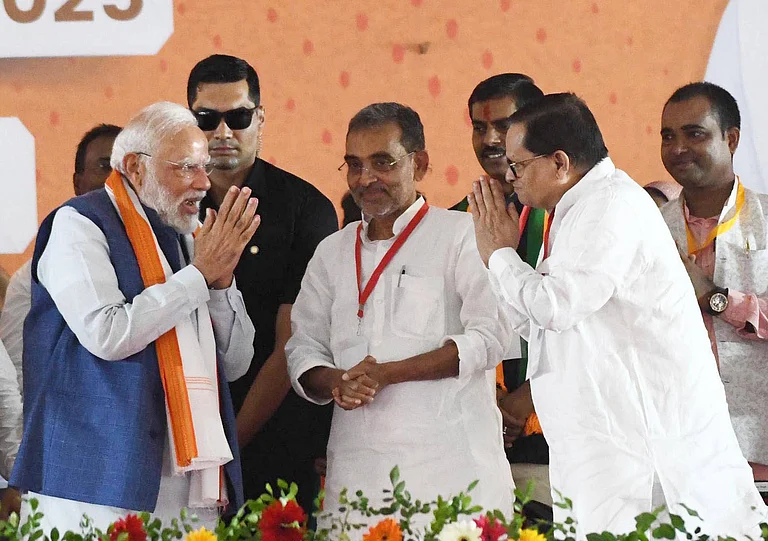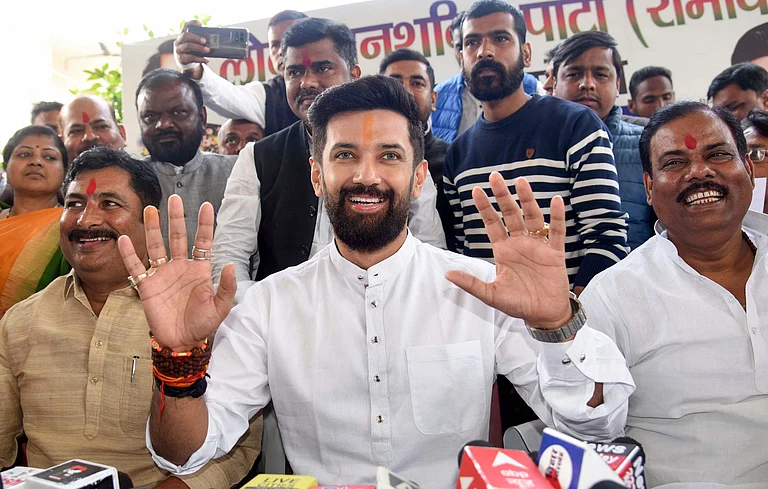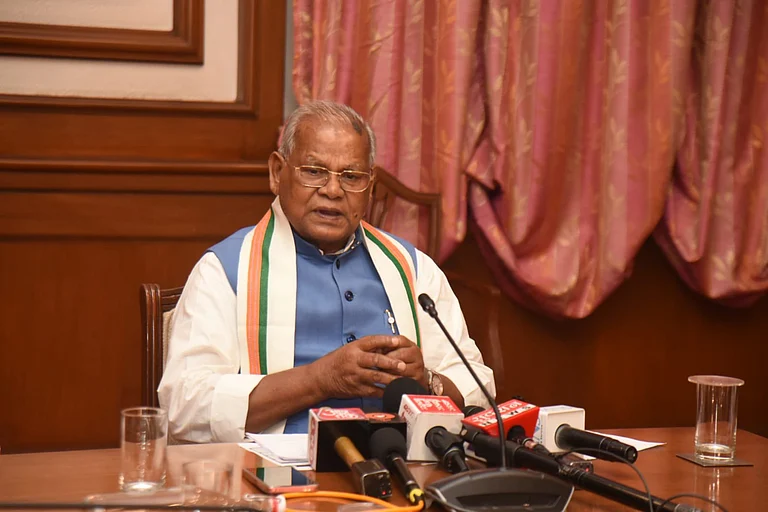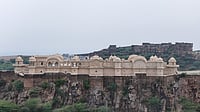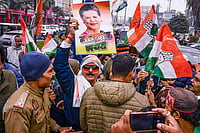
Upendra Kushwaha has contested multiple elections since 2000, winning once in the Assembly (2000) and once in the Lok Sabha (2014); he has lost in 2005, 2019 (both Karakat and Ujiarpur), and 2024.
Known for frequent party switches, he has floated, merged, and revived outfits, RLSP, JD(U), and now the Rashtriya Lok Morcha, aligning alternately with NDA and the opposition.
His 2025 campaign focuses on Koeri-OBC consolidation within the NDA, with Kushwaha playing the role of a regional vote-cutter and potential kingmaker.
Upendra Kushwaha, 65, remains one of Bihar’s most restless political actors, defined by shifting alliances, caste calculus and an instinct for survival. With the second phase of the 2025 Bihar Assembly polls approaching, his Rashtriya Lok Morcha (RLM) has returned to the NDA hoping to regain relevance within the ruling alliance. As part of the NDA seat sharing deal, Kushwaha's RLM got six seats.
Hailing from Vaishali and a key face of the Koeri (Kushwaha) community, Kushwaha entered the Assembly in 2000, winning Jandaha on a Samata Party ticket. He lost in 2005 and faded from state politics for nearly a decade.
His national rise came in 2014, when his Rashtriya Lok Samata Party (RLSP), in alliance with the BJP, bagged three Lok Sabha seats. Kushwaha won Karakat and was appointed Minister of State for Human Resource Development in the first Modi government.
However, his record since has been uneven. He quit the NDA in 2018 over seat-sharing disputes, joined hands with the RJD-led Mahagathbandhan in 2019, and suffered a crushing defeat, losing both Karakat and Ujiarpur, the two Lok Sabha seats he contested. In 2021, he rejoined Nitish Kumar’s JD(U), merged his party, and was made chairman of the JD(U) parliamentary board. Yet, in 2023, disillusioned again, he floated a new outfit, the Rashtriya Lok Morcha.
Kushwaha’s sharp tongue has often landed him in controversy. His 2019 remark warning that “blood will flow” if the system continued to fail the poor drew censure from the Election Commission. Earlier, his description of an RJD alliance as “kheer”, symbolically mixing Yadavs (milk) and Kushwahas (rice), became political folklore in Bihar.
In 2025, Kushwaha’s influence may lie not in the number of seats he wins but in the votes he splits. As the NDA seeks to consolidate its non-Yadav OBC base, Kushwaha’s small but loyal following in central Bihar could prove critical. His manoeuvres suggest a seasoned survivor’s instinct, less about ideology, more about relevance in a volatile political arena.







